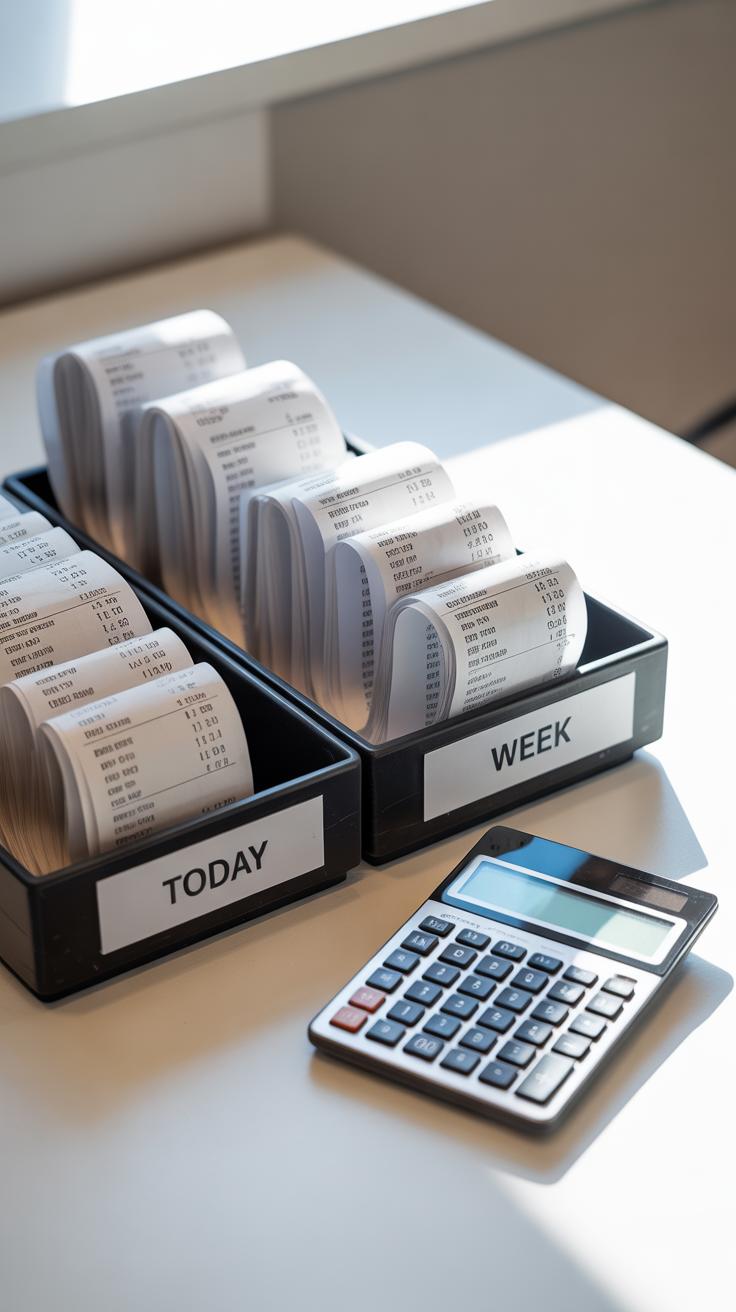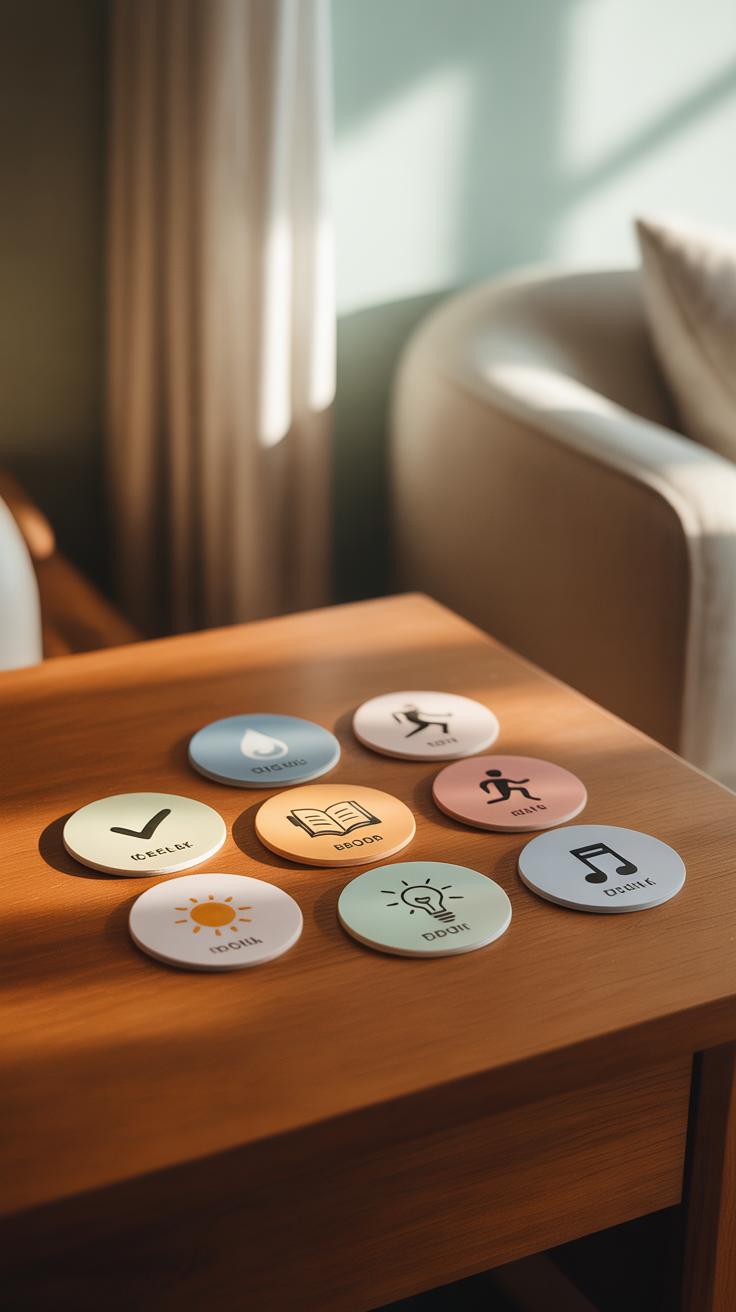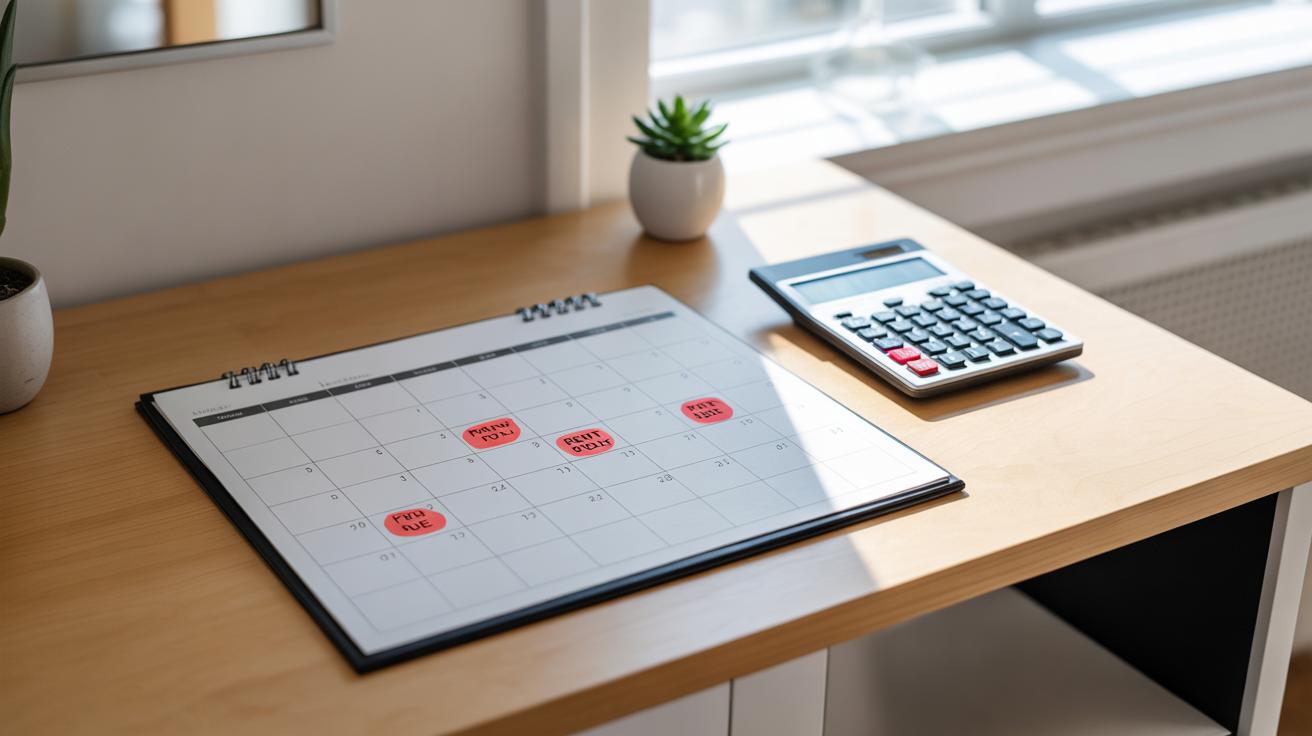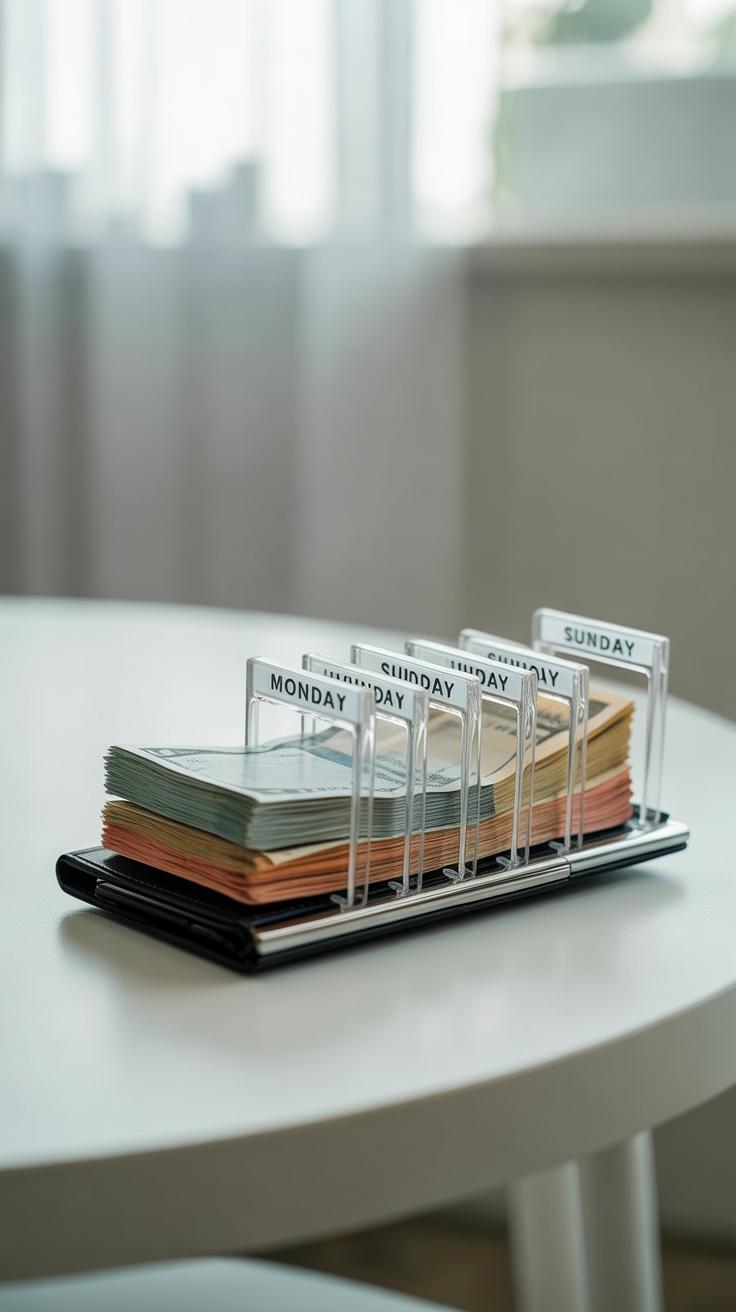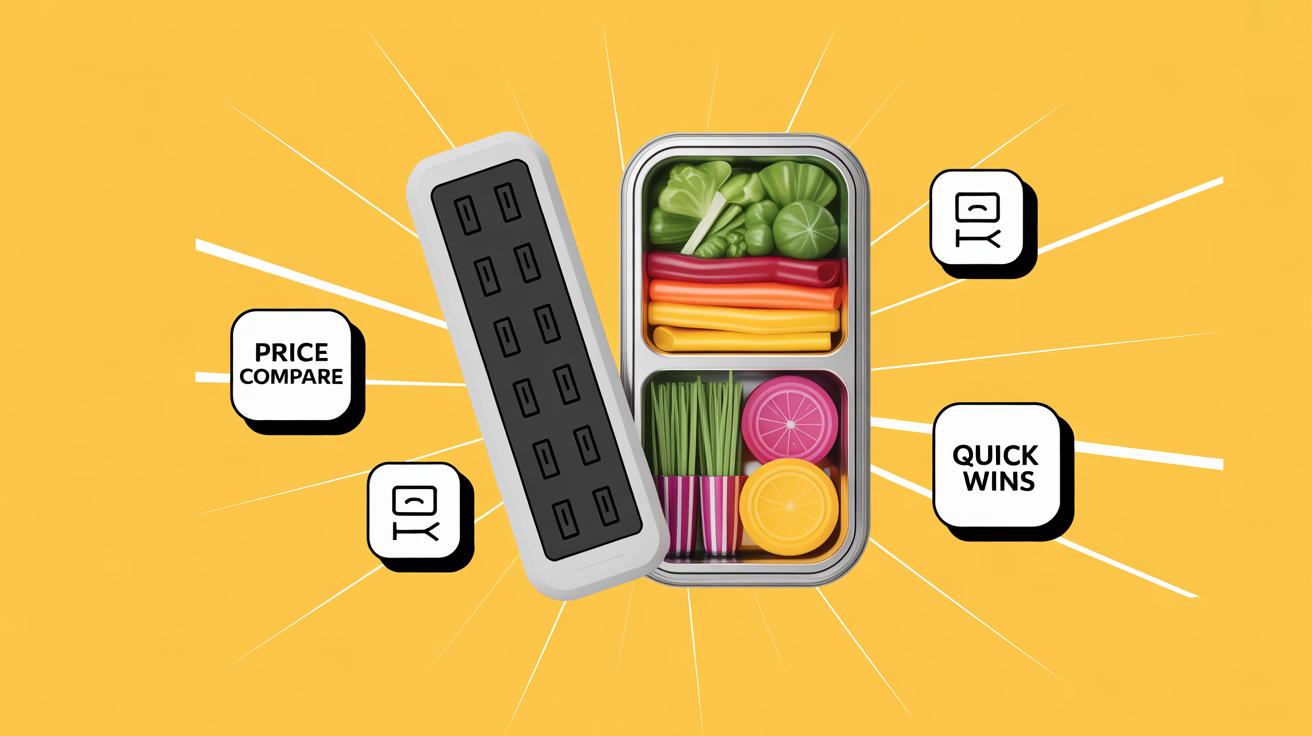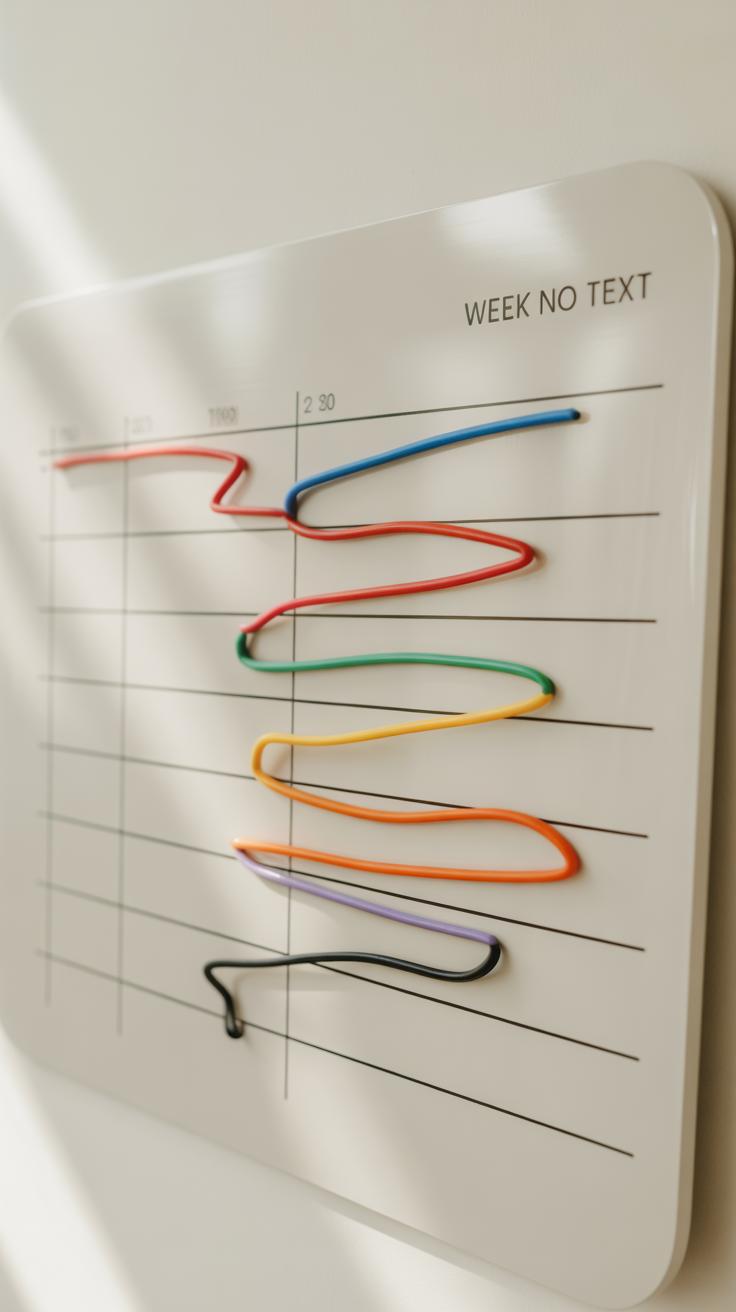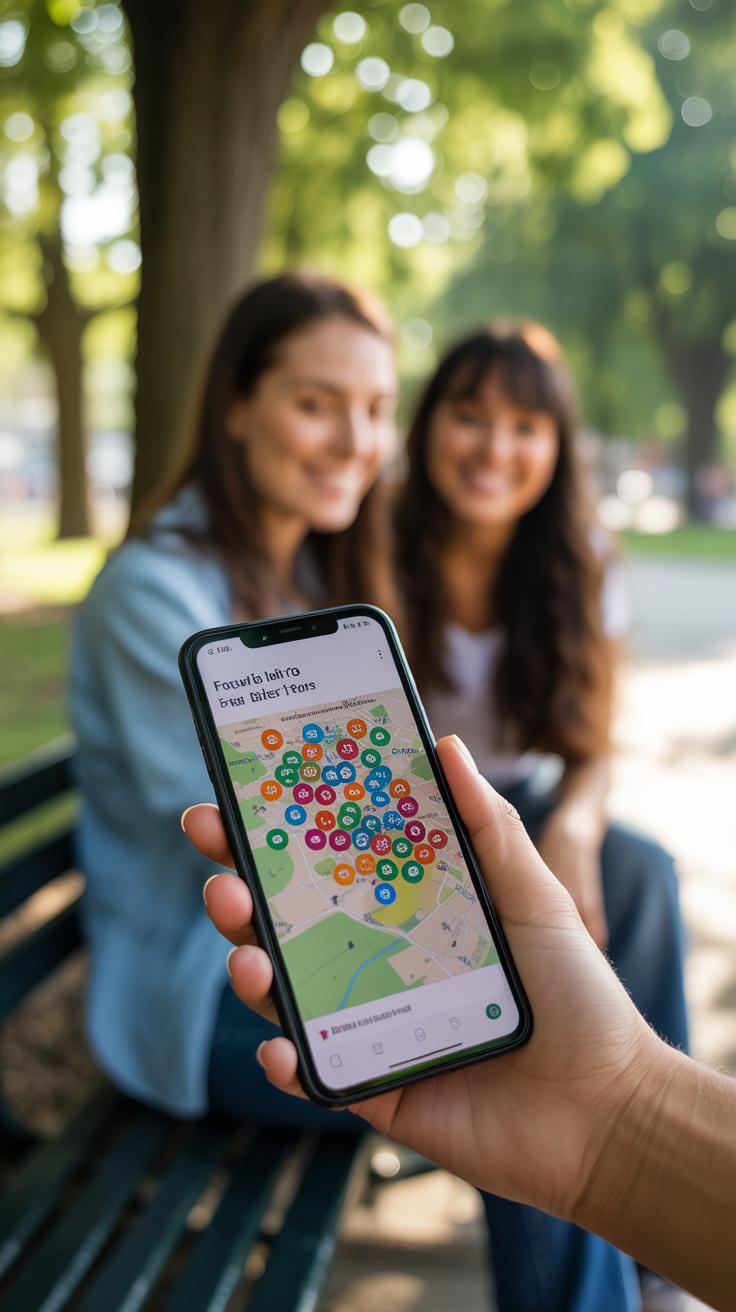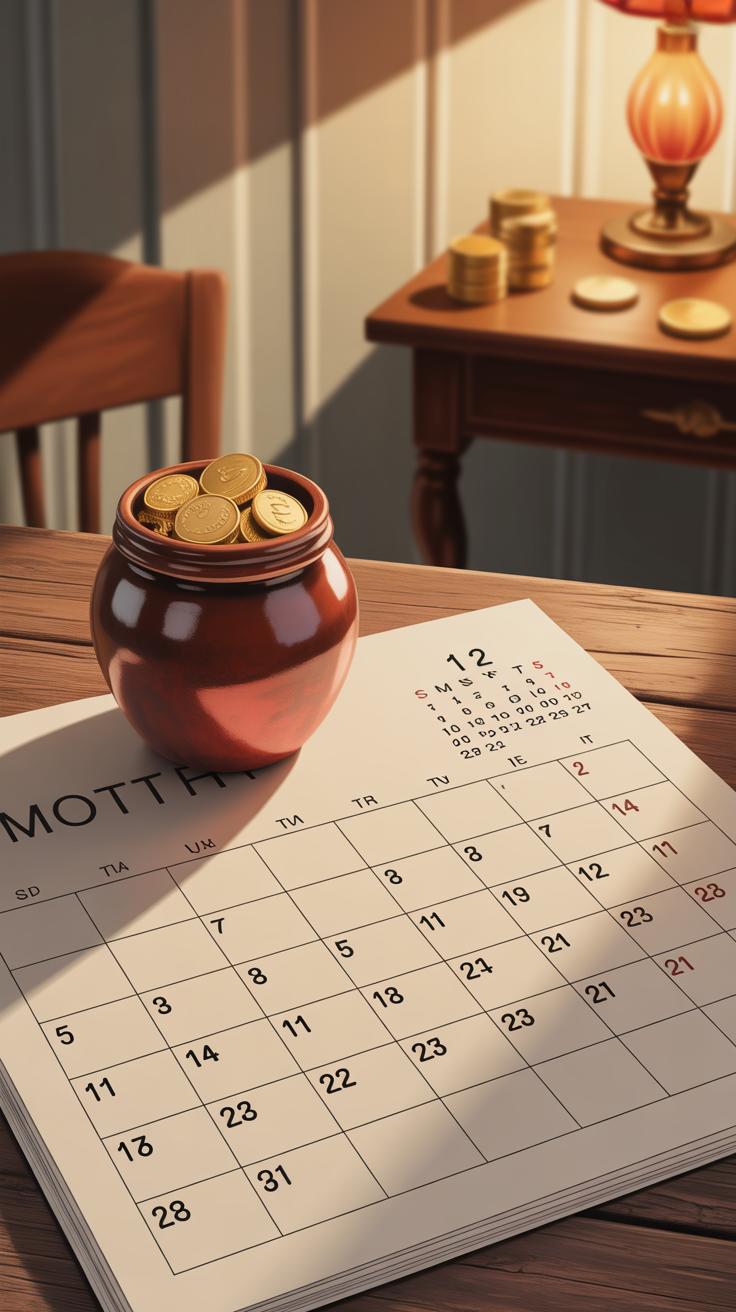Introduction
Saving money fast can feel hard. But with clear steps, you can see your savings grow in just seven days. This article shows you how to reset your money habits quickly and start saving right away.
You don’t need to wait months to see change. A seven-day reset is a simple plan to cut costs and save smart. Follow this plan to take control of your money and build a stronger financial future starting today.
Understand Your Current Spending
Finding out where your money really goes can feel a bit like detective work—sometimes the answers surprise you. The first step involves listing every expense from the past week or month. This isn’t just about the big bills like rent or utilities, but also those smaller, frequent purchases that tend to slip under the radar.
Start by gathering records: bank statements, credit card bills, receipts, or even notes you may have jotted down. Don’t rush. Taking your time with this list helps you uncover hidden trends or repeated fees you wouldn’t normally notice.
Once you have everything down, look for patterns. Do you grab coffee daily on your way to work? Are there weekend dinners out or subscription services eating away quietly? Sometimes it’s the smaller expenses—an extra snack here, a forgotten app charge there—that add up faster than you expect.
Tracking your spending is the foundation for saving. Without knowing where your money flows, deciding what to cut or adjust feels like guesswork. So, this step is worth investing some patience, even if it feels tedious at first. The clarity it offers can make a real difference in how you approach your savings plan.
Track All Your Expenses
Tracking every penny you spend might seem obsessive, but it’s one of the most effective ways to understand your spending habits. You could keep all your receipts, which feels old school but can work well if you aren’t comfortable with apps. Alternatively, many find smartphone apps handy because they automatically categorize purchases and send reminders.
The key is consistency. If you forget to track a few purchases, you risk missing important clues about your habits. Even a small daily purchase can become a budget leak. Think about how many times you might have bought a drink or a snack without really thinking—what if you tracked those carefully for a week?
This process might feel slow at first, but tracking expenses creates a clearer picture than simply guessing. Over time, you’ll start to see details you didn’t notice before—the exact days you spend more, or how your mood might influence your wallet. That insight makes it easier to change behaviors intentionally.
Look for Spending Patterns
Once you’ve tracked your expenses, the next step is reviewing them for patterns. You may find regular small spends that sneak past unnoticed, like daily coffee runs, streaming services charged monthly, or impulse buys online. Individually, these costs seem minor, but together they often weigh heavily on your budget.
Don’t overlook larger but irregular expenses too, like quarterly insurance payments, or occasional dining out. These can catch you off guard if you don’t prepare. Recognizing when and why these payments happen lets you plan better and avoid scrambling for money later.
Try grouping your expenses into categories and comparing them. Which costs are essential, and which are flexible or unnecessary? Questioning your spending habits—even the routine ones—helps reveal what’s really important to you. Sometimes, what you consider a “need” might be something you could cut back on, at least temporarily.
Understanding these patterns puts you in control. Instead of reacting to bills, you spot opportunities to save money fast because you see exactly where and how it’s leaking out of your wallet.
Set Clear and Realistic Savings Goals
Having a clear savings goal isn’t just about numbers—it changes how you think about money. When you know exactly what you’re aiming for, it’s easier to stay focused. Vague hopes like “save more” don’t cut it. You need something specific that feels doable within the seven days you’ve set aside for this reset.
Start by picking an exact amount to save that matches what your budget looks like right now. It might be tempting to shoot for a big number, but if it’s too high, you might feel stuck halfway through. Think about recent spending patterns and decide on an amount that feels challenging but reachable. Maybe it’s $70, or $50, or even $25 depending on your situation—and that’s okay.
Next, take that total and break it down into daily goals. Instead of one massive target, split it into smaller, bite-sized pieces. For example:
- Save $10 each day for seven days to hit $70.
- Or $7 daily if your goal is $50.
Goals like this are easier to track and don’t feel overwhelming. You get a small win every day, which can keep you motivated. Plus, it helps you adjust if one day is tougher than another—you might save a bit more or less.
What happens if you miss a daily target? Don’t get discouraged. Reassessing and tweaking your plan can be part of the process. In fact, having these smaller chunks might make the whole thing feel more flexible than you expect.
Create a Simple Daily Budget for the Week
The key to saving money fast often starts with clear boundaries on where your cash goes each day. When you sit down to plan your week, focus only on essentials—that means prioritizing things like groceries, utilities, and necessary transportation. I’ve found it helps to write these down separately from everything else, so you actually see the difference between what you need and what you want. It’s surprisingly easy to blur those lines, but try to keep them distinct for this reset week.
Splitting your spending this way makes it easier to stick to a realistic daily limit. For example, if you usually buy coffee out every morning, consider brewing at home. It costs less. Maybe swap a pricey gym visit for a free walk or some home stretches. Even small changes add up over seven days.
Try planning affordable alternatives for every day that replace your usual habits without feeling like a big sacrifice. Instead of grabbing lunch out, pack something simple. Swap streaming a new movie for a favorite you own already. The goal isn’t to feel deprived but to consciously pick cheaper or no-cost options each day. It might feel tricky at first, but making this part of your daily budget turns saving into a habit you can actually handle.
Cut Back on NonEssential Spending
One of the quickest ways to save money during your seven-day reset is to reevaluate where your money flows outside the essentials. Dining out and entertainment often take up chunks of a budget without us fully realizing it. These aren’t urgent expenses, so putting a pause on them can free up cash fast.
Consider these practical steps:
- Skip eating out even once or twice this week. Instead, prepare your own meals. It might seem like a hassle initially, but cooking at home usually costs a fraction of what takeout or restaurants charge.
- Plan simple, quick recipes. Think eggs, pasta, or salads. These don’t take long but can replace dining out effortlessly.
- Cut back on entertainment that costs money, like streaming new releases or frequent visits to the movies. Opt for free or low-cost alternatives—reading, podcasts, or a walk might not be exciting every time, but they won’t drain your wallet.
- Watch for impulse purchases. Ever walked out of a store with something you didn’t plan on? If you can, give yourself a 24-hour waiting period before buying non-essential items. That pause often shows you, yes, you can live without that thing.
It’s not always easy, and you might find yourself slipping once or twice. I’ve been there—ordering that coffee or grabbing a snack because the day dragged on. But those little sacrifices add up. Just one less dinner out could save you 15 to 20 dollars, which might not seem like much, but it does build momentum over the week.
So, what’s stopping you from trying to cook at home tomorrow? It doesn’t have to be perfect, just different from usual. Give it a shot—you might end up surprised at how much you save, and maybe even how much you enjoy it.
Find Quick Ways to Increase Your Income
If you need to boost your savings quickly, one straightforward step is to find extra ways to bring in cash. It might sound obvious, but selling things you don’t need is often overlooked. Most of us have stuff tucked away—old clothes, gadgets, books, or even décor—that just collects dust. Gathering these items and offering them for sale online or at a local yard sale can create immediate cash flow, sometimes surprisingly fast.
Start by setting aside a few hours to sort through your belongings. When you stumble upon that barely worn jacket or an unused kitchen gadget, ask yourself, “Will I actually use this again?” If not, it could turn into quick money instead. Some things sell better than others—electronics, popular brand clothing, or collectibles tend to move faster.
Alongside selling stuff, offering your time or skills in small jobs can also bring extra income. Think beyond traditional part-time jobs. Babysitting for a neighbor, walking dogs in your area, or picking up simple online tasks can fit into your schedule and pay off quickly. Even if you don’t have specialized skills, there are platforms that connect people who need help with things like data entry, surveys, or basic tutoring.
It’s a bit of effort, sure, but a week of focused selling and small gigs can add a decent chunk to your savings. Plus, it might open your eyes to possibilities you hadn’t considered before. So, what’s holding you back from turning your extra time and clutter into cash? Give it a try—you might surprise yourself.
Use Cash Only to Control Daily Spending
Using cash instead of cards can really help you stick to your budget. When you carry only cash, you physically see how much money you have left. It makes spending feel more real. You might hesitate before handing over those bills, something that rarely happens when you just swipe a card without thinking much.
Try this: withdraw a fixed amount each day that matches your budget. Leave your credit and debit cards safely at home. This limits temptation. You can’t spend more than what’s in your pocket, and that kind of discipline is hard to match with plastic.
Credit and debit cards often encourage overspending. It’s easy to forget about your limits because you don’t immediately feel the money leaving your account. You see numbers on a screen, not the actual cash. That can trick your brain into thinking you have more to spend.
Resisting the urge to use your cards might feel annoying or restrictive at first. But getting used to cash control can quickly teach you to prioritize your spending. Don’t underestimate the power of making money feel tangible again. It nudges you to be more mindful without complicated apps or tracking tools.
Track Your Progress and Adjust Daily
Spending a few minutes each night to jot down what you’ve spent helps keep your budget real. It’s like holding yourself accountable. Maybe you think you stayed within your daily limit, but seeing the numbers on paper can be surprising. Did you really stick to that $20 lunch budget? Writing it down makes it clear.
Compare your actual spending against your daily budget regularly. This isn’t about perfection, but about staying aware. If you dipped into your snack stash or grabbed an unplanned coffee, note it. That small detail matters when you’re trying to save fast.
Some days will overshoot the budget. When this happens, don’t panic or give up. Instead, adjust your plan. Cut back a bit the next day—maybe skip a small purchase or choose a cheaper meal option. This flexibility keeps your overall seven-day goal in sight without making you feel trapped.
Tracking your progress like this creates a clearer picture and lets you make smarter choices moving forward. It changes saving from a vague idea into something you control every single day. You might find that a tiny adjustment now or then keeps everything on track better than rigid rules ever could.
Find and Use Discounts and Free Options
One simple way to cut costs during your seven-day reset is by seeking out coupons and discounts. It might sound old-fashioned, but leafing through local papers or checking coupon websites can lead to surprising savings. Have you ever thought about how many grocery items you buy could be cheaper with a single coupon? Sometimes those deals stack up, especially on essentials like bread, milk, or cleaning supplies.
Try setting aside a few minutes each day to hunt for these bargains. It doesn’t have to be complicated—just a quick search for “grocery coupons” or “discounts near me” might turn up something useful. I remember once my sister found a coupon for 30% off on a brand she usually buys. It felt fleeting at first, but when she multiplied that by weeks, it added up.
Beyond discounts, entertainment costs can sneak up unexpectedly. Instead of spending on movies or dining out, look for free community events. Most towns have parks hosting outdoor concerts or workshops that don’t require a fee. Sometimes you’ll find art exhibitions or farmer’s markets perfect for a cheap day out. You’re not just saving money—you might stumble upon something new and enjoyable without spending a dime.
Sharing resources is another angle to explore. Think about swapping tools, books, or even rides with neighbors or friends. Sharing can cut down expenses and offers a side benefit—building connections you might otherwise overlook.
Can you imagine what you’d save in a week if you combined these steps? It’s about small actions that feel manageable and don’t disrupt your daily life—at least, not too much. Maybe give it a try this week—you might surprise yourself.
Plan for Savings Beyond the Seven Days
The seven-day reset is just a start. What really makes a difference is what happens next. You want to turn those short-term changes into long-term habits. That means keeping an eye on your spending even after the reset ends. It’s easy to slip back into old routines if you stop tracking your expenses. So, don’t let that tracking habit fade away.
Try keeping a simple log or using an app to watch where your money goes. This helps you stay honest with yourself and keeps surprises—like unplanned spending—from sneaking in.
As you get more comfortable saving, think about raising your goals. Maybe the first week was about shaving a little off daily costs. Next, you can aim higher. Set monthly or quarterly targets that push you a bit. Don’t be afraid to adjust those targets—it’s a process, after all. You might find some goals too easy, others too tough, but that’s okay. The key is to keep refining what works for you.
Have you noticed how small wins motivate bigger efforts? That feeling can carry you forward if you let it. What’s your next saving target going to be? It’s worth considering where you want your money to take you, beyond just today or tomorrow.
Conclusions
Saving money fast is possible when you focus on the key actions that make a difference. By following the seven-day reset plan, you can take simple steps to reduce spending, track your money, and find small ways to save every day. These habits add up quickly.
Use the ideas from this reset as a foundation. Keep the habits strong and look for more ways to save over time. You can grow your savings, feel more secure, and reach your goals faster by making these changes part of your daily life.



